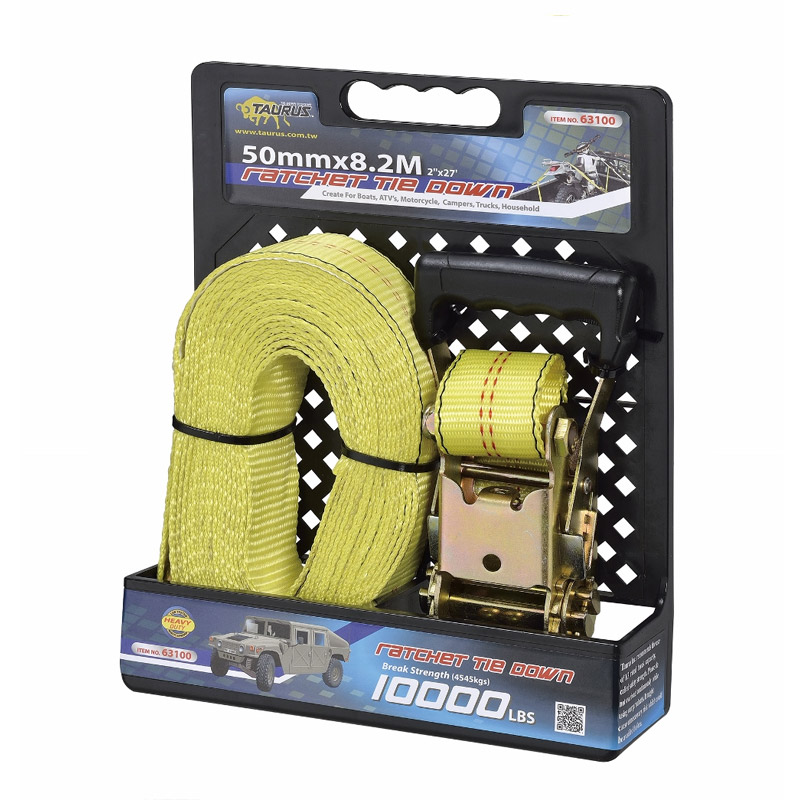self drilling anchor
Understanding Self-Drilling Anchors A Comprehensive Overview
Self-drilling anchors have revolutionized the way we approach ground stabilization, particularly in the construction and civil engineering sectors. These innovative solutions not only offer enhanced efficiency but also significantly reduce the time and labor involved in anchoring processes. This article explores what self-drilling anchors are, their various applications, advantages, and some critical considerations for their use.
What are Self-Drilling Anchors?
Self-drilling anchors, also known as self-drilling tiebacks, are specialized ground stabilization systems that incorporate both drilling and anchoring in a single process. These anchors are designed with a drill bit at one end, allowing them to bore into the soil or rock while simultaneously providing anchorage. The unique capability of self-drilling anchors lies in their ability to create a borehole and install a reinforcement element without the need for predrilling or using separate fixtures.
Applications
Self-drilling anchors are versatile and applicable in several contexts, including
1. Construction Projects They provide support for temporary and permanent structures, including retaining walls, deep foundations, and excavation sites.
2. Slope Stabilization In scenarios with unstable soil or terrain, self-drilling anchors can help to stabilize slopes, preventing landslides or erosion.
3. Underground Works These anchors are commonly used in tunneling and mining operations to hold up ground and prevent collapses.
4. Bridge Construction They offer support for bridge structures, ensuring stability during both the construction phase and throughout the lifecycle of the bridge.
Advantages of Self-Drilling Anchors
The popularity of self-drilling anchors can be attributed to a range of advantages
self drilling anchor

2. Cost-Effectiveness By reducing labor and equipment needs, self-drilling anchors can lower overall project costs.
3. Access to Difficult Areas They are particularly beneficial in areas with limited access where traditional anchoring methods may be impractical or impossible.
4. Enhanced Performance Self-drilling anchors can be customized for different soil and load conditions, ensuring a robust support mechanism.
5. Minimized Environmental Impact The reduced need for extensive excavation and other intrusive processes can lessen the environmental footprint of a construction project.
Considerations for Use
Despite their numerous benefits, it is essential to consider certain factors when utilizing self-drilling anchors
1. Soil Conditions The effectiveness of self-drilling anchors depends heavily on the nature of the soil or rock they are being installed in. Care must be taken to assess soil parameters before installation.
2. Load Analysis Proper load calculations and analysis are critical to ensuring that the anchors will support the intended weight and conditions over time.
3. Installation Practices It is crucial to follow best practices during installation to avoid problems such as misalignment or insufficient anchorage.
4. Monitoring and Maintenance Post-installation monitoring is necessary to ensure that the anchors perform as expected and to identify any potential issues early on.
5. Regulatory Compliance All installations must comply with local and national regulations, engineering standards, and safety guidelines to mitigate risks and ensure structural integrity.
Conclusion
Self-drilling anchors are a significant advancement in anchoring technology, providing an efficient, cost-effective solution for a variety of construction and stabilization projects. Their versatility and the ability to streamline the anchoring process can greatly benefit engineers and contractors alike. However, careful consideration of soil conditions, load capacities, and installation practices is essential to maximizing their effectiveness and ensuring a stable and safe project outcome. As construction practices continue to evolve, self-drilling anchors will undoubtedly play an increasingly prominent role in enhancing structural integrity and safety in various applications.
-
Weatherproof Plastic Expansion Anchors for OutdoorחֲדָשׁוֹתJun.06,2025
-
Sustainability in the Supply Chain: Eco-Friendly TEK Screws ProductionחֲדָשׁוֹתJun.06,2025
-
Load-Bearing Capacity of External Insulation FixingsחֲדָשׁוֹתJun.06,2025
-
Double Head Bolts: Enhancing Efficiency in Industrial MachineryחֲדָשׁוֹתJun.06,2025
-
Corrosion Resistance in Chipboard Screws: Coatings for Wholesale DurabilityחֲדָשׁוֹתJun.06,2025
-
Butterfly Toggle Bolts : Enhancing Structural ResilienceחֲדָשׁוֹתJun.06,2025
